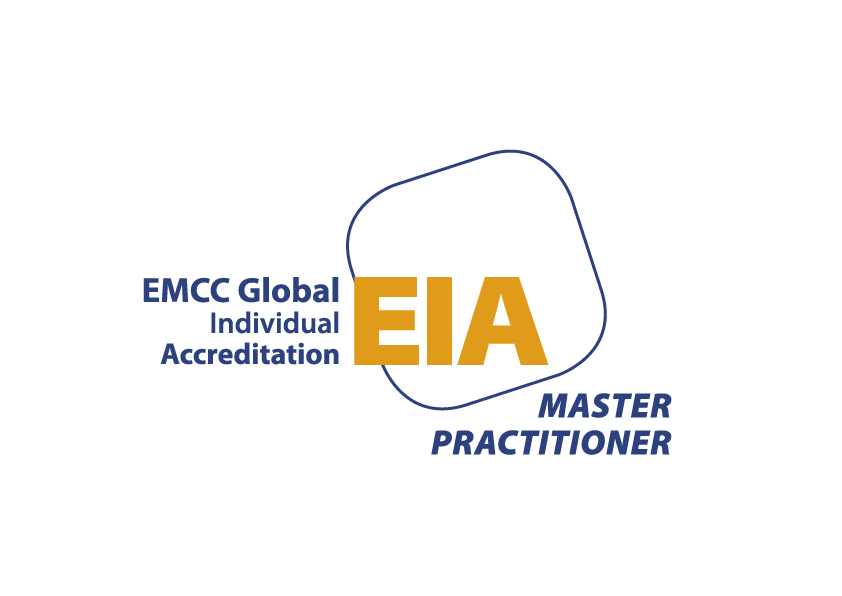3 easy steps to improve communication in your team: The TIMID process
“How do you make sure everybody gets the right information, enough information, at the right time so that they can be empowered to make the right decisions and aligned to move the company forward without getting in each other’s way?” is the crucial question when it comes to thinking about management and distribution of information in your team. On the one hand, you don’t want to over inform and bother people with endless e-mails and meetings, on the other, you want to make sure people know enough to be successful as a team. The larger the team, the department, or the company is, the more complex and difficult this becomes. I don’t think that anybody has found a foolproof system, yet — and maybe there is no foolproof system that fits each and every situation.
So what can you do if you want to improve the efficiency of your information sharing in your team? Given that there is no foolproof method, it is best to start by finding out how much and what kind of information each of your team members needs to do their work efficiently without colliding with anybody else. (Of course, this doesn’t mean that you will be able to give everybody the information that they want — some things have to stay confidential, for example, or some information would just be too much to take in and are more “nice to have” not absolutely essential.)
Here is a small Solution Focused process design you can use in your team. You can either carry out this process by yourself as team leader, you can ask one of your team members to carry out the process, or you can hire an external consultant to do this for you. The process is the same in each situation
Interviews (possibly Online-Survey)
Construct a scale board of three scales.
- On a scale of 1-10, where 10 is that you have all of the information you need to feel empowered in your decisions and aligned with the other team members and zero is the opposite, where are you now?
- On a scale of 1-10, where 10 is that you feel free to ask for information proactively if you are missing it and zero is the opposite, where you now?
- On a scale of 1-10, where 10 is that the information you need to do your job in an efficient way reaches you in time and zero is the opposite, where you now?
Ask each team member to individually assess the quality of information sharing by giving you a number. Then ask them about each scale using a mix of these questions (or all of them):
- What tells you that we are already at an X (the number they have marked) and not at 1?
- What is working well?
- What are you personally doing that contributes to this number?
- What are we as a team doing, which processes do we have that help?
- Were there moments when we were higher on the scale and what was different then?
- How would you notice that we moved up on the scale?
- How would your other team members notice?
- How would your boss (or I, if you are the boss) notice?
- How would other interfaces of the team notice?
You can then collate all the answers and share them with the whole group.
Meeting
In a second step you can hold a workshop to discuss any measures that you might want to implement to improve information sharing. The workshop can start by discussing the results of the interviews and then move on quickly to a brainstorming of improvement ideas. Usually this does not have to be a very long meeting, one or two hours should be enough.
Follow-up
After a few weeks, you should schedule another meeting to follow up on how information sharing has improved and if their other ideas that have been generated in the meantime which might help to improve information sharing.
In any case, engaging in such a process will help people to understand that information sharing is just what it says: information SHARING. Everybody is responsible to share and ask for information. By asking everybody individually you can also adapt your information sharing style to each of your team members. Not everybody needs the same level or amount of information. By having a meeting with your whole group, you can agree on the measures and processes everybody is expected to follow. This kind of clarification is often very useful and avoids many misunderstandings or assigning the blame when there has been a miscommunication. Still, things will go wrong, that is human nature. But at least, you gave it your best shot.




